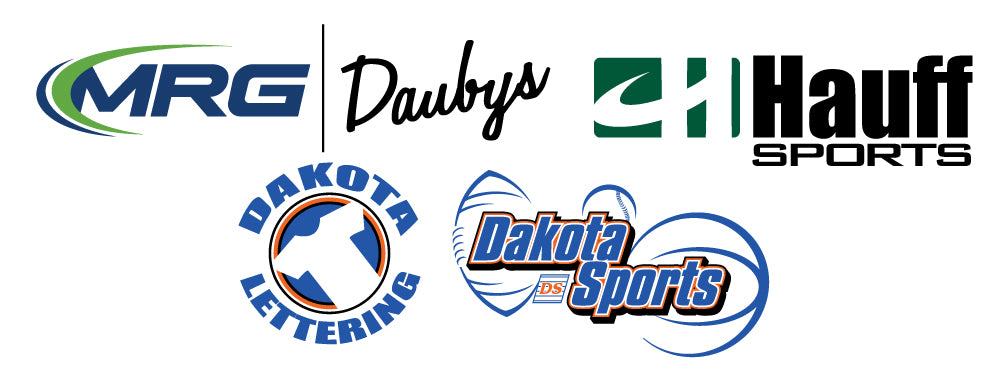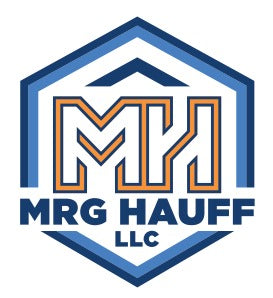Humor isn’t about telling jokes at the water cooler. It’s about building connection, reducing stress, and keeping perspective when everything feels like a never-ending meeting that could’ve been an email.
Leaders who use humor effectively are seen as 43% more motivating, 27% more admired, and twice as likely to foster employee trust (Stanford Graduate School of Business, 2021). Neuroscience backs it up: laughter releases dopamine, boosts memory retention, and lowers stress hormones — making teams more creative, not just happier.
Let’s break it down into seven science-backed ways to bring more humor into your day — without turning your workplace into open-mic night.
Start With “Micro-Moments” of Levity
You don’t need a stand-up routine. You need small, genuine bursts of lightness.
Researchers at the University of Warwick found that even brief laughter (15–30 seconds) before a stressful task improved problem-solving accuracy and creativity.
Action Steps:
- Begin team calls with a 60-second “what made you smile this week?” moment.
- Share a funny-but-appropriate meme or story in Slack on Fridays.
- Label stressful meetings with a bit of irony (“Budget Battle Royale” instead of “Finance Meeting”).
Realistic tip: Don’t force it. The goal is to lower tension, not manufacture laughter.
Use Humor to Build Connection — Not Divide
Psychologist Rod Martin (University of Western Ontario) identified four humor styles. Two of them build connection (affiliative and self-enhancing); two damage it (aggressive and self-defeating).
Translation: Laugh with people, not at them — and especially not at yourself in ways that make others uncomfortable.
Action Steps:
- Share self-deprecating humor that shows humility, not insecurity (“I thought my Wi-Fi was down — turns out I was just wrong, again”).
- Use “we” jokes that connect to shared experiences (“Remember when our printer decided to unionize?”).
- Shut down jokes that punch down or exclude. A single exclusionary laugh can erase weeks of trust.
Prime Your Brain for Playfulness
Harvard Business Review research shows humor correlates strongly with creativity. Laughter increases oxygen flow to the brain and relaxes mental filters, allowing more original ideas.
Action Steps:
- Keep a “mood reset” playlist of 2–3 funny clips or songs. Watch one before brainstorming.
- Try the “Playful Pause”: when a meeting gets too heavy, ask, “If this were a comedy, what would the next scene be?”
- Encourage light, imaginative “what if” questions — even absurd ones — to loosen thinking.
Example: IDEO design teams often begin brainstorms with intentionally silly ideas (like “a toothbrush that gives compliments”) to open up creative flow.
Make Humor a Habit, Not an Event
You can systematize lightness the same way you schedule meetings — and that’s a good thing.
Stanford professors Jennifer Aaker and Naomi Bagdonas (authors of Humor, Seriously) found that leaders who intentionally plan moments of humor experience higher team trust and lower turnover.
Action Steps:
- Add a “Levity Break” block to recurring meetings — two minutes, max.
- Rotate a “humor captain” each week to share a clean meme, story, or fun quote.
- Use emojis, gifs, or playful subject lines in internal messages to keep tone human.
Easy metric: Track meeting start times. Teams that open with a laugh tend to start on time and engage faster.
Use Humor as a Teaching and Retention Tool
Humor helps people remember information longer. Studies show we retain about 40% more when laughter accompanies learning because dopamine improves encoding in memory.
Action Steps:
- Turn key policies or values into catchy, funny taglines.
- Example: “Double-check before you double-click” (IT security).
- “Ghost peppers belong in chili, not in customer emails” (customer service tone).
- Add a light visual — cartoon, meme, or emoji — to serious training slides.
- When reviewing performance, add humor to soften tension: “Think of this as feedback, not foreshadowing.”
Pro tip: Humor should clarify, not distract. Pair every laugh with a learning point.
Create a “Humor Playbook” for Your Team
This isn’t about rules — it’s about alignment. A quick humor charter keeps things fun and safe.
Action Steps:
- Draft a 1-page humor guide:
- Purpose: “We use humor to connect, not to divide.”
- Green Light: shared jokes, self-deprecating humor, light memes.
- Red Light: personal jokes, stereotypes, sarcasm that cuts.
- Give everyone permission to say “Time-out” if something crosses a line.
- Reinforce humor that uplifts others — especially when things go wrong.
Example: A marketing team I worked with added a “Levity Level” rating (1–5) in retrospectives. Level 5 meant “laughing through the chaos” — it became a shared badge of resilience.
Lead With Warmth — Especially When You’re the Boss
Humor from leadership amplifies culture, for better or worse. When done right, it signals confidence, humanity, and psychological safety. When done wrong, it can alienate or intimidate.
A University of Pennsylvania study found that leaders who balanced warmth and competence through humor saw higher employee loyalty and greater job satisfaction.
Action Steps:
- Use humor to defuse tension (“We survived the spreadsheet apocalypse again, nice work team”).
- Celebrate small wins with light-hearted awards (“Most creative coffee mug,” “Spreadsheet Jedi”).
- End tough conversations with a touch of optimism — not a joke at someone’s expense.
Warning: Too much humor from the top can feel performative. Think “friendly wit,” not “forced fun.”
Putting It All Together: A Realistic 4-Week Humor Plan
| Week | Focus | What to Do | Time Commitment |
|---|---|---|---|
| Week 1 | Observe & Acknowledge | Ask your team: “When does humor help or hurt?” Write down examples. | 15 min |
| Week 2 | Start Small | Add one light opener to a weekly meeting. Rename one recurring task humorously. | 10 min |
| Week 3 | Build Structure | Create a humor charter & assign a rotating “Levity Leader.” | 30 min |
| Week 4 | Reflect & Reinforce | Ask: “What kind of humor connects us most?” Adjust your rituals accordingly. | 20 min |
Bonus: Keep a private “Humor Log.” Each week, note when humor improved morale, resolved tension, or helped communication. Within a month, you’ll see patterns.
Final Thought: Laugh Intentionally
Humor isn’t the opposite of professionalism — it’s the antidote to burnout. When leaders and teams embrace levity with emotional intelligence, productivity rises, relationships strengthen, and stress levels drop.
You don’t need to be the office comedian. You just need to make people feel like work isn’t the punchline.


